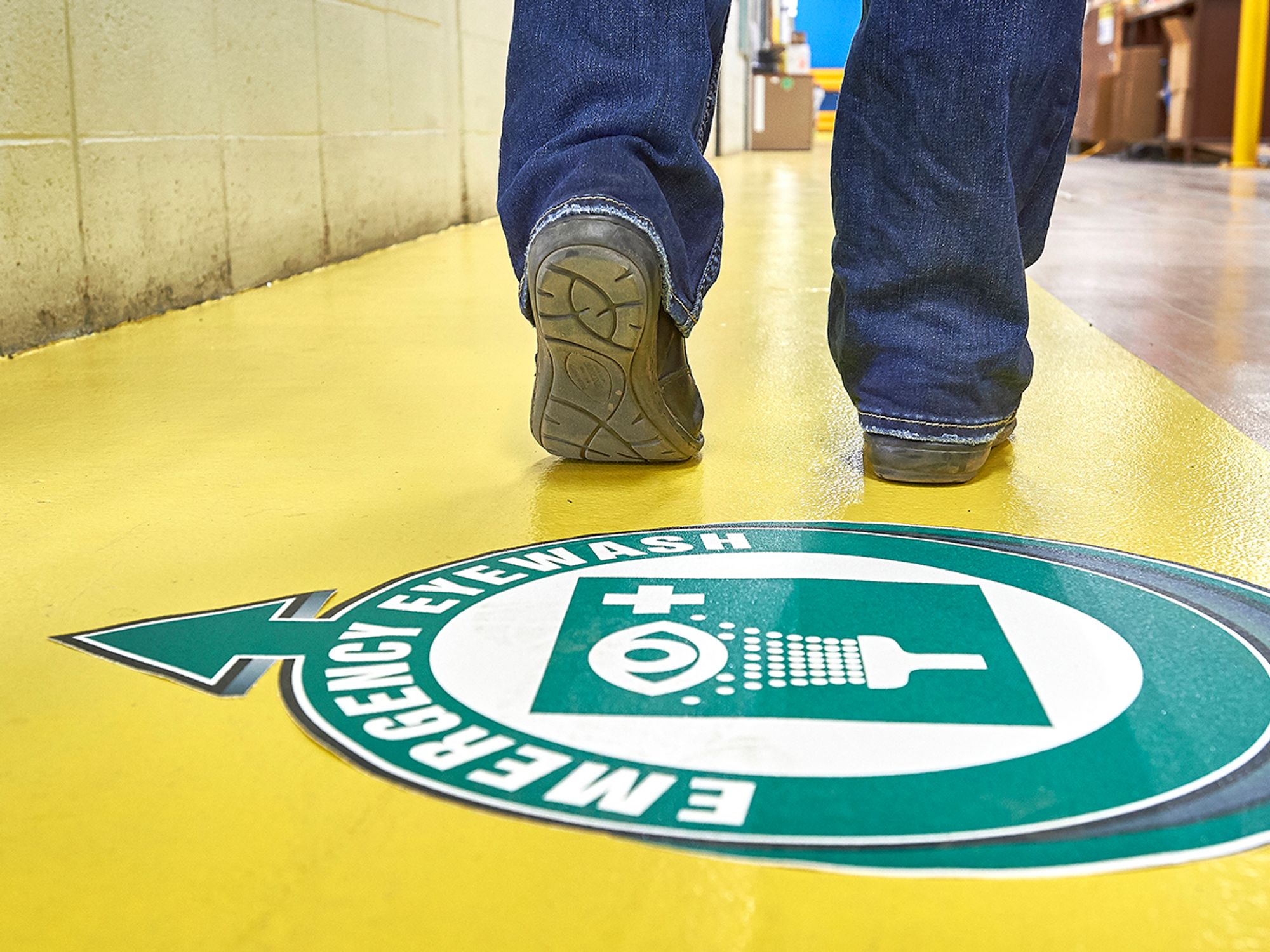Control measures

- Engineering controls, work practices, and administrative controls should be used to reduce employee exposure to methylene chloride.
- When these control measures are not enough to reduce employee exposure, respirators should be used to supplement the controls.
Employers must use engineering controls and work practices to reduce employee exposure to methylene chloride to or below the permissible exposure limit (PEL) and to maintain exposure at these levels. The only exception is when the employer can demonstrate that this is infeasible and that other controls are necessary.
When a combination of engineering, work practice, and administrative controls does not reduce methylene chloride exposure to or below the PEL and short-term exposure limit (STEL), employers must supplement these controls by providing respirators that offer the additional protection.
Hygiene facilities
In cases where employees could possibly have skin contact with solutions containing 0.1 percent or more methylene chloride through splashes, spills, or improper work practices, the employer must provide conveniently located washing facilities and ensure that employees use them as needed. Similarly, where there is a potential for eye contact with solutions containing 0.1 percent or more methylene chloride, the employer must provide eyewash facilities within the immediate work area for emergency use and ensure their use when necessary.
Employees must use personal protective clothing and equipment where needed to prevent skin or eye irritation due to exposure to methylene chloride. The employer must provide methylene chloride-resistant clothing and equipment at no cost to the employees and ensure that they use it. The employer also must clean, launder, and repair the protective clothing and equipment to keep it effective, and when necessary, replace and dispose of it properly.
